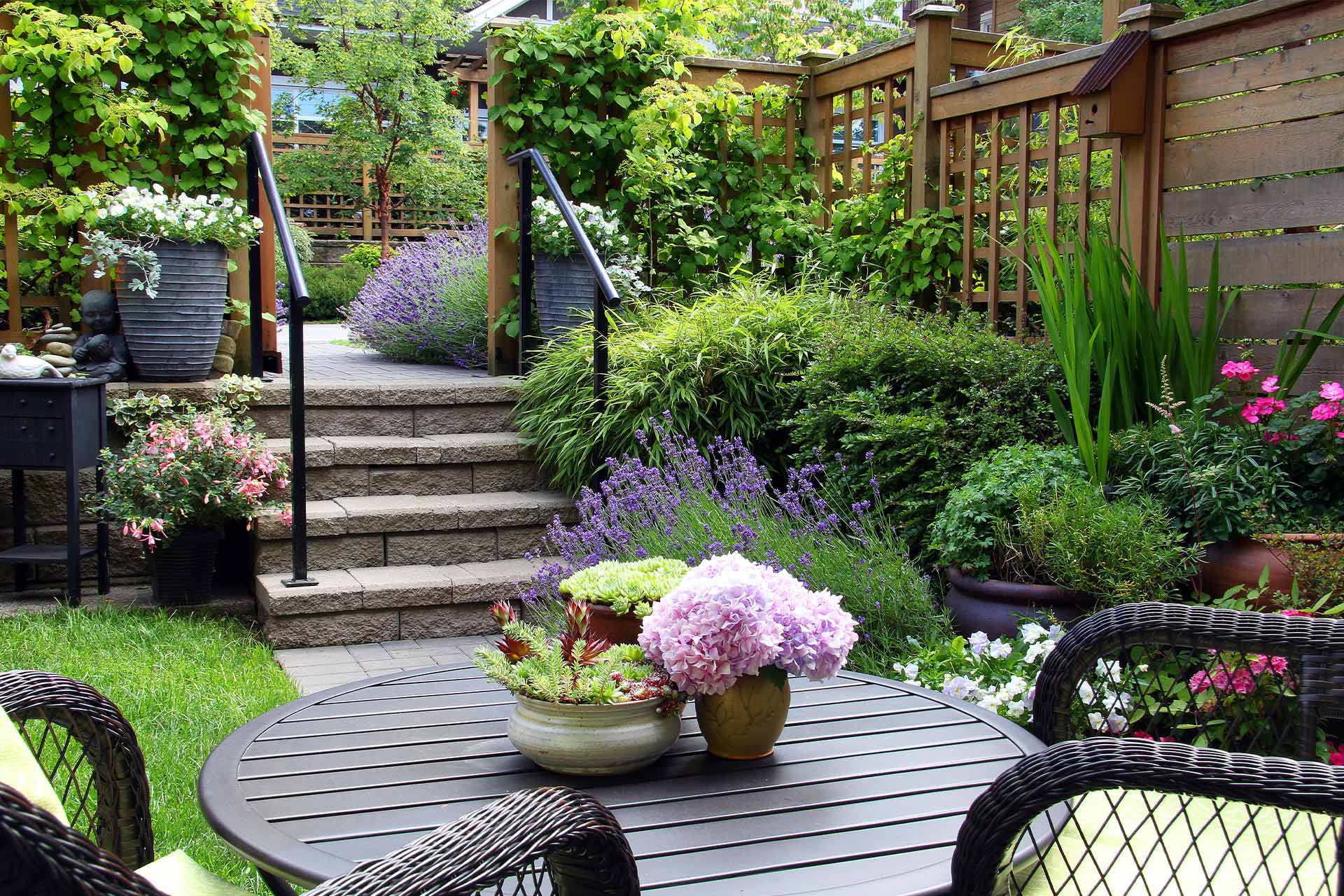Blog>How-To Guides>How to design a garden
Last updated: 14 March 2024
How to design a garden
Learn how to design a garden that perfectly suits your taste and your needs. With plenty of guidance and tips, you'll feel confident designing a beautiful garden to give you year-round enjoyment.

Gardening and being among nature have many proven health benefits, positively impacting our physical health and mental well-being. Learning how to design a garden that entices you to enjoy time outside is therefore really important.
The great thing about designing a garden is the creativity it offers. Sure, there are some gardening principles that'll help to steer your decisions, but around that, you have the freedom to dream up an outdoor space that's functional, practical, and beautiful.
If your outside space is overgrown, bare, or just a bit uninspired, this post is for you.
Ready to transform your outdoor space? Let's get started.
See the tradespeople we've checked and recommend for your job
How to design a garden
Ten principles of garden design
Before we start on how to design a garden, we need to cover the ten principles of garden design.
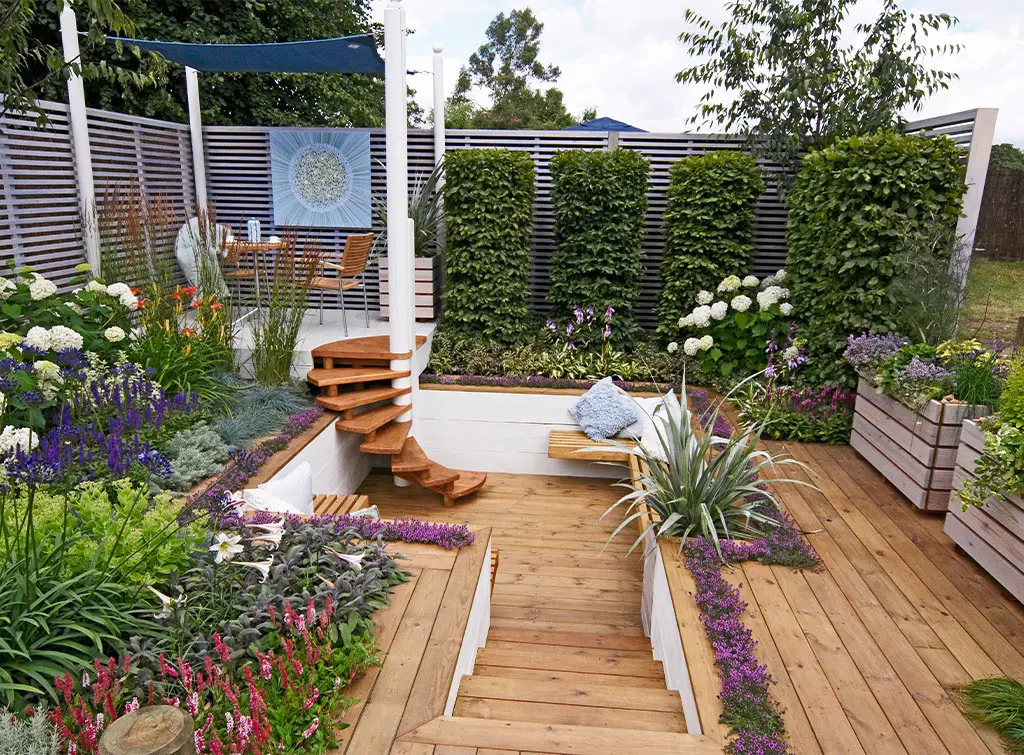
Every garden differs in size, scale, and aspect. However, professional landscapers use some common themes to create magazine-worthy designs. When designing your garden, take a moment to consider to think about:
Unity: Creating a cohesive and harmonious design across the colours, materials, and styles you choose (akin to a design scheme in a room)
Balance: Creating a visually satisfying composition in the garden
Proportion: Make sure your hard landscaping and the plants you select are well-proportioned, so one item doesn't dominate the space
Scale: Choosing appropriately sized plants and hard landscaping for the space, so everything feels in place
Rhythm: Creating repetitive patterns and a natural flow (like how a gravel path leads you around the gardens of a stately home)
Contrast: Highlighting certain parts of the design to make your design visually interesting. For example, vibrant green plants against contrasting black fences
Focal point: Creating a feature to anchor the rest of the garden. For example, a beautiful tree, a pergola, or a water feature
Texture: Adding depth and interest with a varied planting scheme and different hard landscaping elements (like the textural elements in a room)
Colour: Incorporating personality to bring your garden to life, across in plants and garden decor
Function: Creating a space that not just looks great but is accessible and practical - think clearly defined areas for dining, easy-to-maintain beds, and clear paths instead of steep steps, for example
Designing a garden from scratch
The first step for designing a garden is thinking about what you want to get from your outdoor space.
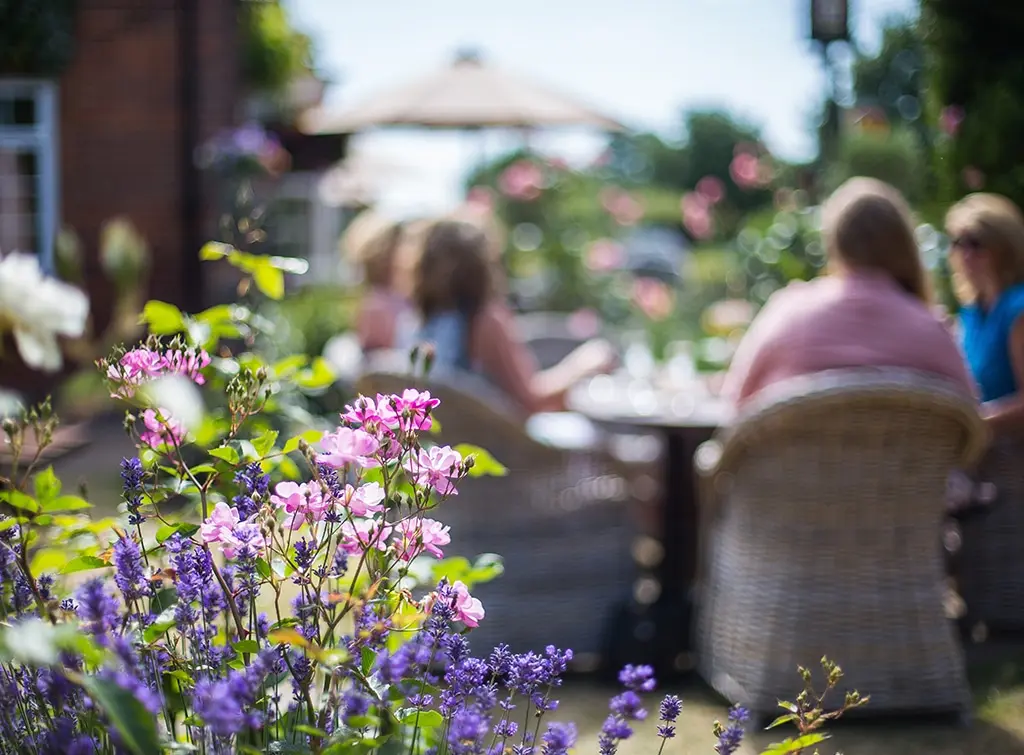
Is it somewhere you want the children to play? Do you want areas where you can dine and socialise? Is it important for you to have a veggie patch? Do you want a low-maintenance garden?
It's certainly possible for your garden to serve more than one purpose, but planning your layout is key to this.
How to plan your garden layout
Planning your garden layout doesn't require any specific skills or tools. Here are three steps to planning your ideal garden layout with ease:
1. Gather ideas and inspiration
Social media: Use Pinterest to create boards with pins of garden layouts you like
Magazines: Collate garden images that capture your attention
Visit gardens: Take a trip to stately homes, garden centres, or public gardens and take photos of the elements you like
Online: Search the web for garden inspiration. We have plenty of ideas on the Checkatrade blog!
Using the ideas you gather (or your 'mood board'), you can identify the common elements of the images you like.
Related content: Read our expert guide for more information on garden design styles
2. Consider the finer details
A major part of planning a successful garden design is understanding the space you're working with.
Garden aspect: Is your garden is north, south, east, or west-facing?
Climate and exposure: Is your garden near the sea or exposed to high winds, for example?
Soil type: Is your soil chalk, clay, sand, etc, and what is its pH (acidic or alkaline)?
Knowing this will help you select the right plants for your garden conditions and position them in the optimal spot for them to thrive.
3. Sketch your garden plans
With a clearer idea of how you want your garden to look, the purpose you want it to serve, and the conditions you need to factor in, it's time to sketch some ideas to help visualise the design. You can do this yourself with a sheet of graph paper and a few coloured pencils.
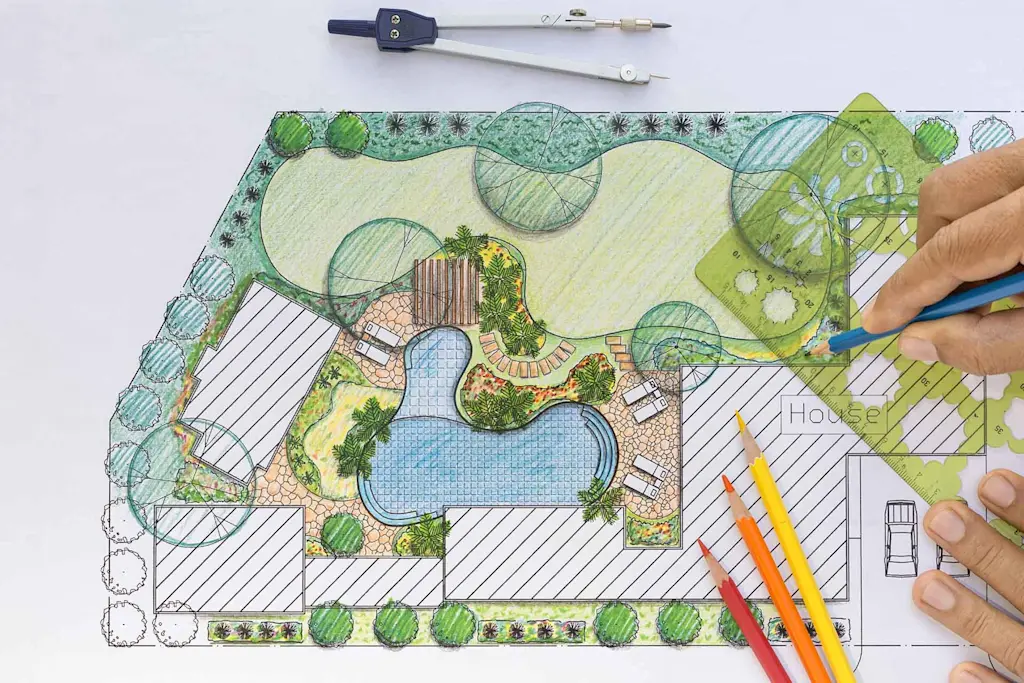
What to include in your garden plans
Aim to draw a scale plan of your garden by measuring up the space
Draw in any solid structures that will stay in situ, e.g. a pond
Mark out your preferred areas for the various functions you know you want your garden to serve, e.g. where should your dining area be (south-west is optimal) and what material you want it to be (decking, paving, gravel etc)
Include any ideas you have to 'zone' these areas, e.g. plants around a dining area or paved steps up to a raised level
Add any soft landscaping, e.g. the position of flower beds and borders and dot in the colour scheme you like, aiming for a repetitive pattern
Map out the routes and paths you'll take around the garden, e.g. do you want a path to a vegetable patch, or a direct link from the kitchen to the outdoor dining zone?
Are there privacy considerations? Plan in ways to tackle this, e.g. adding mature trees, hedges, screening, or fences
Include any specific features you want, e.g. a play area, a vegetable garden, a shed, or a pergola. In a smaller garden, stick to a simpler design with one or two key features
Get some help with your garden designs
We appreciate garden design can be daunting. A sloped garden often presents just as many challenges as an uninspiring blank canvas.
However, the services of a qualified garden landscaper can help to fully optimise the potential of your outside space.
To find experienced garden designers in your area, simply add your postcode to the search below.
See the tradespeople we've checked and recommend for your job
Designing flower beds and borders
Your flower beds and borders will add personality and colour to your garden. While borders run around the edges of your garden, flower beds can be anywhere. But how do you decide what to fill them with and how do you make them look good?
Garden borders
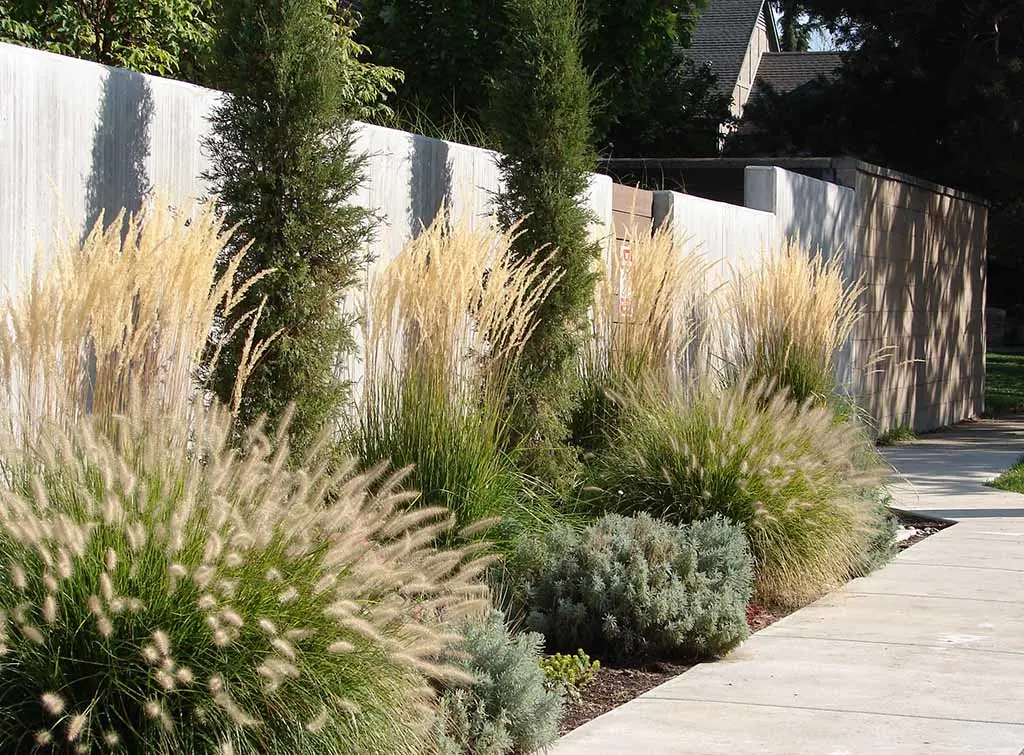
Garden borders are a great way of adding colour and life to a garden. Wondering how to design a garden border? Try the tips below:
Make sure your border ties in with the rest of your garden, choosing a style and colour scheme to match your garden and home
Think about how you will maintain your garden border - is it accessible?
Consider how much time you have to maintain your borders and choose plants accordingly
Don't scrimp on soil preparation: no compaction, good drainage, and nutrient-rich soil is key
Use multiples of different plants in a repetitive pattern to create a cohesive feel
Work out how many plants you'll need based on the space you have and their growing potential
Plot the position of all varieties before you begin planting, ensuring there's a variety of textures
Plant your border in layers with tall plants at the back to shorter ones at the front
Flower beds
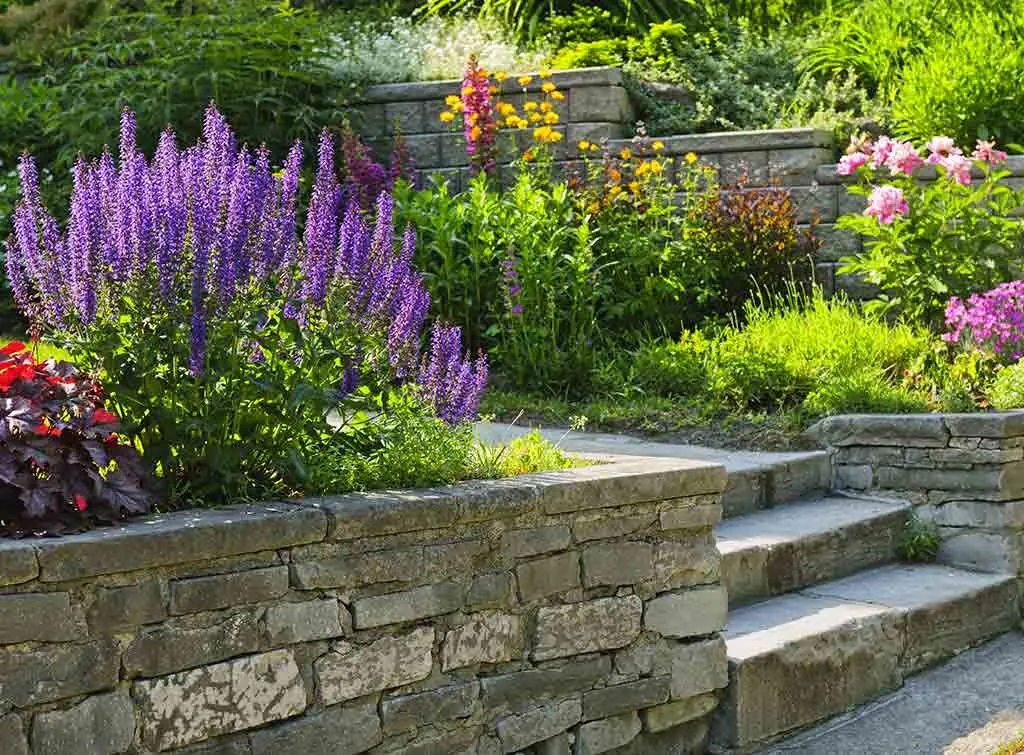
Flower beds will not only beautify your garden but they also set different moods. For example, soft pastel colours can be soothing, whereas bolder colours can create a more vibrant feel. The below ideas are all great ways for how to design flower beds:
Don't select plants and flowers just because you like how they look; make sure they're suited to your garden conditions and soil type
Choose a mixture of perennials, annuals, and bulbs with varying flowering times for varied interest throughout the year
Stick to a theme for a cohesive feel, e.g. a coastal garden, cottage garden, or Zen garden
Choose colours that complement your garden design scheme
Don't underestimate the power that pops of yellow and orange can have - in any garden scheme
Plan the size of your flower bed and its location carefully to suit your garden layout
Consider adding a focal point such as a mature tree or a large, architecturally-striking plant
See the tradespeople we've checked and recommend for your job
Plotting the perfect path
Garden paths greatly influence the aesthetics of your home and garden, yet are often the hardest part to get right. A well-designed path should be practical and suit the design scheme of your garden.
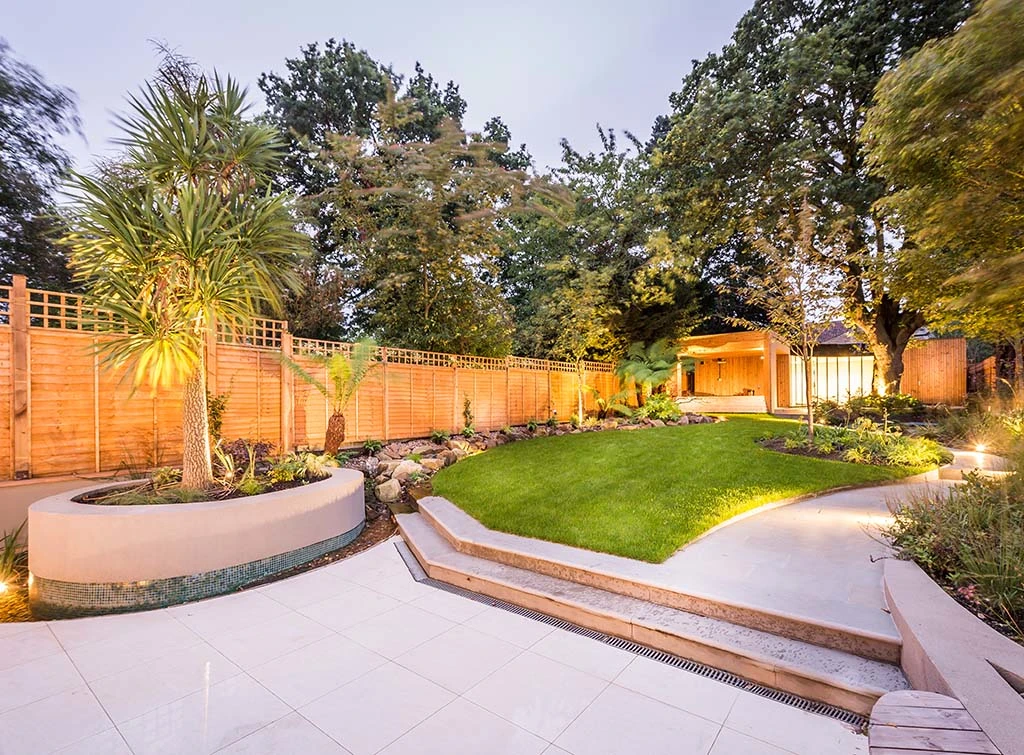
How to design a garden path
Materials: Look at your home and think about what colour path best complements it, such as sandy tones, reddish tones, or greys. Then, pick no more than three elements in this range to use throughout the garden, e.g., gravel, stone, and brick.
Style: A meandering, curved path would be well-suited for a cottage garden. Straight lines and symmetry will look better in a more contemporary space.
Function: If your path needs to serve a specific function, such as getting from one part of the garden to another without stepping on wet grass, plan the route accordingly.
Size: Make sure your path is accessible for everyone by planning the optimal width.
Get some help from the experts
Designing a garden path is one thing, but building one is another. You'll first need to dig out the existing earth or hard-standing, dispose of it, and prepare the ground to lay your new slabs or chosen material. For help with this task, search for a local hard landscaper near you. Just enter your postcode in the box below to get started.
See the tradespeople we've checked and recommend for your job
Tips for designing a front garden
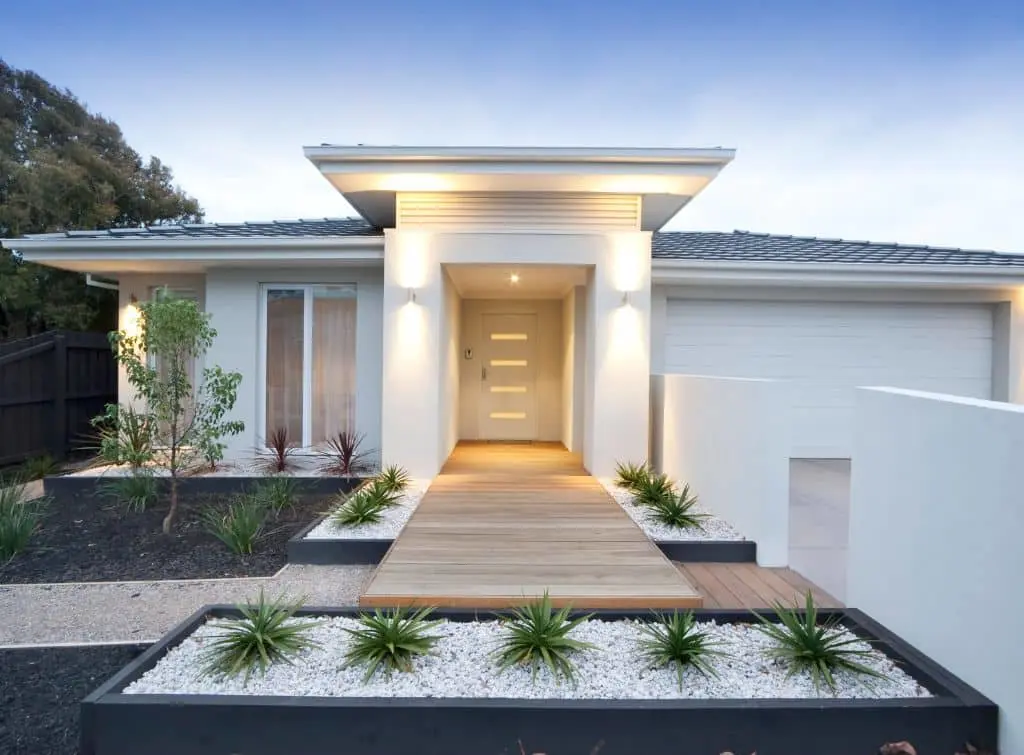
Designing a front garden follows the same principles we've outlined above. However, there are some specific considerations for how to design a front garden:
Access: Make sure you have a clear path or driveway from the pavement to your front door
Style: Use a design scheme that works with your home. If your home has cottage vibes, a pretty and colourful front garden may be perfect. If your home is modern, consider using topiary and slate
Privacy: Consider how private you want your front garden to be. If you spend a lot of time in your front garden, you may wish to add a hedge or fence for privacy
Safety: Consider adding a low fence and gate if you have children or dogs
Finishing touches: Build bin stores to disguise your wheelie bins, add potted plants or a climbing plant by your front door
How to design a garden on a budget
The steps outlined in this post are accessible to everyone, regardless of budget. But if you have a smaller budget to stick to, how can you create a beautiful, functional garden for less?
Set your budget to make sure you aren’t overspending
Next, plan what you need to buy. This may include plants, flowers, stones, hedges, furniture and garden storage
Look for affordable flowers, such as packets of wildflower seeds, create smaller flower beds and borders, or ask family and friends for clippings
Do any work and maintenance yourself, clearing the space, cultivating the soil, and planting
Ask friends and family if they have any garden furniture they don’t need that you can use in your garden
Refurbish old garden furniture with a lick of paint rather than buying new, or upcycle pallets to create a unique seating area
Spruce up old plant pots with a hard bristle brush
Paint or stain your fencing, making it look like new
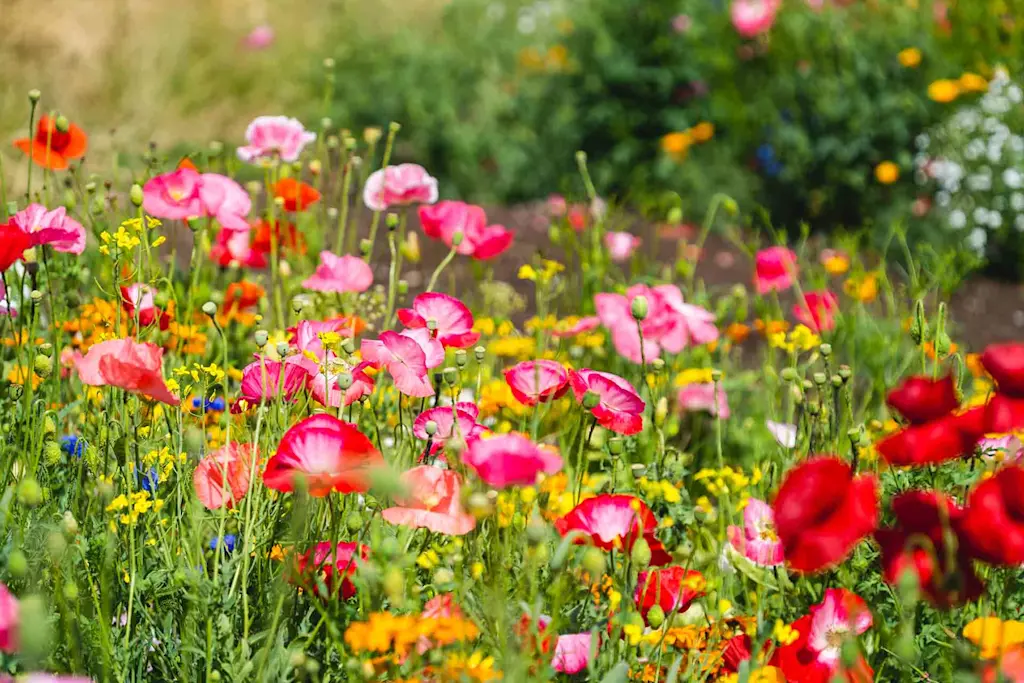
The benefits of hiring a professional garden landscaper
A professional landscape gardener is qualified and experienced to listen to your needs and make expert recommendations to transform your garden.
Like an interior designer in a home, a landscaper will come up with plans you may never have thought of, helping you reimagine your outdoor space in a whole new way. They'll help plan the space to make the most of every part of your garden and make sure plants are carefully chosen to suit local conditions, the amount of maintenance you want to commit to, and your personal preferences.
A landscape gardener will set solid foundations for your garden, allowing it to mature and develop, growing into a space for you and your family to enjoy for years to come.
Learn more about the cost of hiring a landscape gardener, and find highly-rated landscapers in your local area using the search box below.
See the tradespeople we've checked and recommend for your job
More How-To Guides
More Landscaper Articles
See the tradespeople we've checked and recommend for your job



